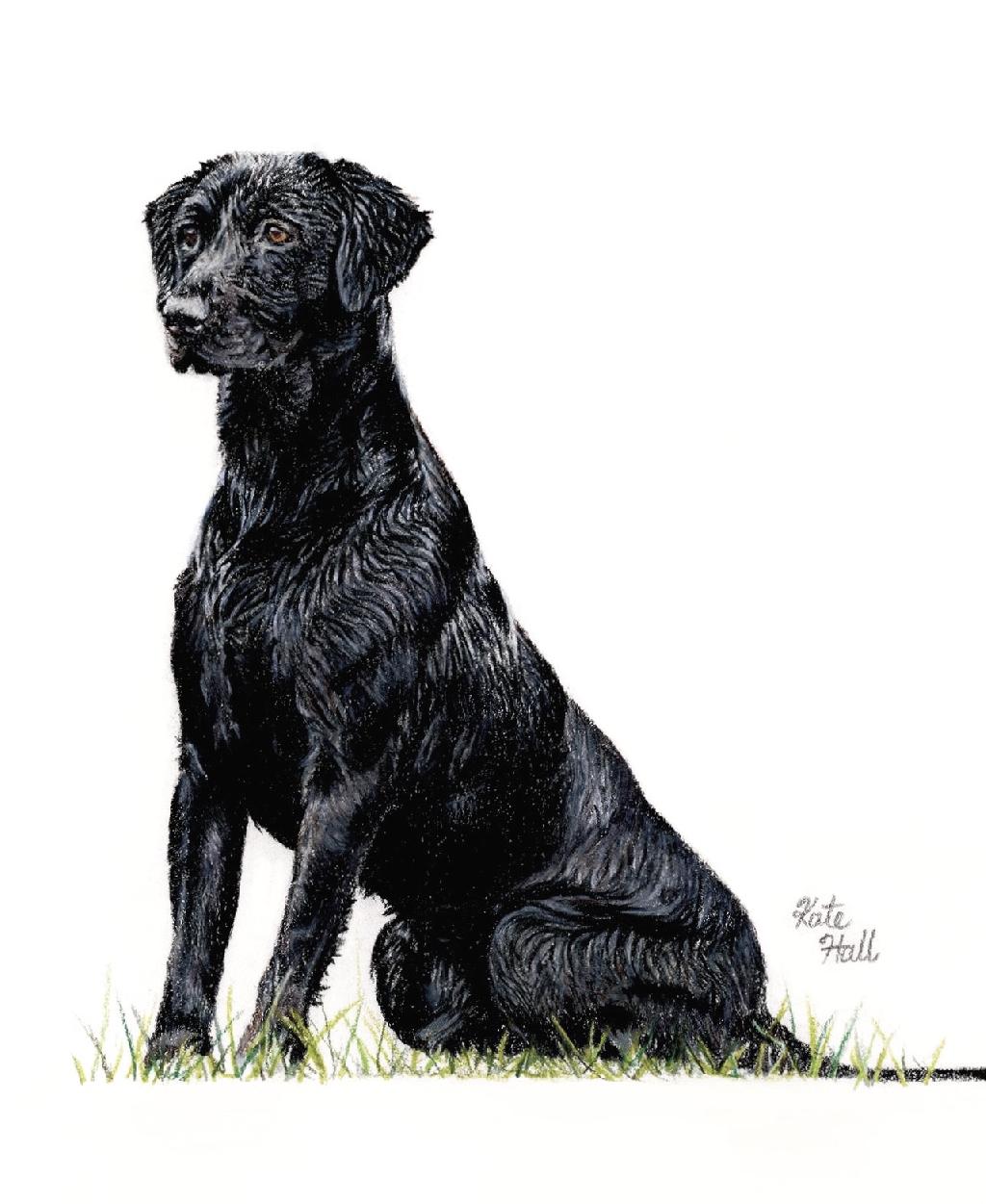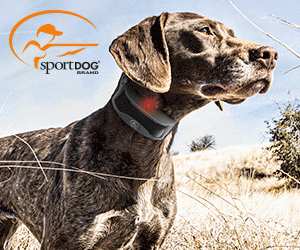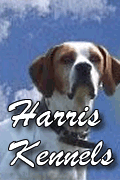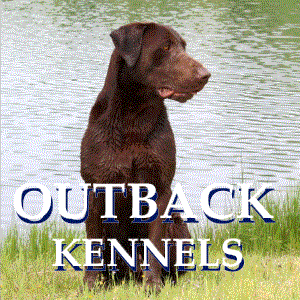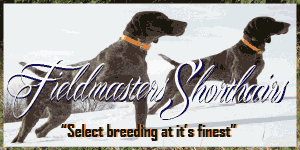Consistency in Dog Training
People often ask how consistent they should be when training their pets. In my experience, there are two components to consistency when teaching a dog your expectations. Those components are the frequency/length of training sessions and the quality of the training session. After years of training, I have found that short training sessions 4-5 times a week are more beneficial than one or two long sessions each week. This makes things easier for you and your pet. Most dogs don't have an attention span that allows for multiple hours of training at once, and most pet owners would rather not spend hours at a time (probably on your days/weekend off) training.
There are several ways to maximize your training time and ensure good quality. For each session, use the same commands in a firm tone, set up drills in the same manner, and
discipline/reward consistently for each expectation. Setting up drills the same way each time does not mean having the dog do the same drill repeatedly. For example, setting up a retrieving drill could consist of four components: sit, mark, throw, release. You can begin with short distances/easily found targets (low or no cover) and progress to a higher level of difficulty while keeping the key components of the drill the same. Sit or steady. Make sure your dog is under control. Mark watches the bird go down while remaining steady. Release only releases when commanded to go. Once mastered simple singles in low cover, add higher cover, longer distance then add multiple marks. Remember when you advance a skill you may have to take a step backwards. My final piece of advice would be to always end training sessions on a good note where your pet will be eager to train next time!
Remember: consistency is a combination of quantity (frequency and time spent) and quality (setting your pet up for success). Training your pet is a process that takes time, patience, and effort. Keep the end goal in mind and work!

About the Artist : Kate Hall
Visit artist websiteKate Hall is an outdoor artist who resides on an Angus cattle farm in Tennessee, where she began hunting at an early age. During her 13 years as a flight attendant, Kate visited 27 countries and all 50 states. She now spends her time traveling across the country in search of rising trout and upland birds with her husband and their English Setter. In his first two seasons they hunted on public lands in MT, KS, SC, AL, NC, KY and TN for quail, ruffed grouse, sharptail grouse, woodcock, pheasant, prairie chickens, and hungarian partridge. Upland hunting has enriched Kate's life and influences much of her colored pencil work.

